Crazy Cringe-Worthy Civil War Medical Techniques That Are So Much Better Now
Posted by AlexThis year marks the 150th anniversary to the start of the American Civil War. From that conflict, there came many modern methods of battlefield medicine including the use of anesthetics for surgery. However, the Civil War also featured a plethora of primitive medical practices that caused many soldiers to die from disease, poor treatment and ineffective medical practices. Since the Civil War, there have been countless advancements in technological and medical practices for the treatment of battlefield wounds and as a result, have saved many lives. Here are a few Civil War medical practices with their modern equivalents that show how far battlefield medicine has come in the past 150 years.
Plugging Wounds:
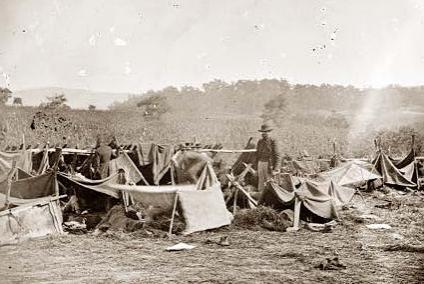
Civil War: During the American Civil War, the easiest way doctors plugged a wound was by applying pressure to the wound in order to clot blood flow. Medicine and would be administered and doctor’s would try to sew the wound shut, but they didn’t always have the ability to prevent major blood loss. As a result, many soldiers lost their lives because they received out-of-date treatment where their wounds could not be sealed in time.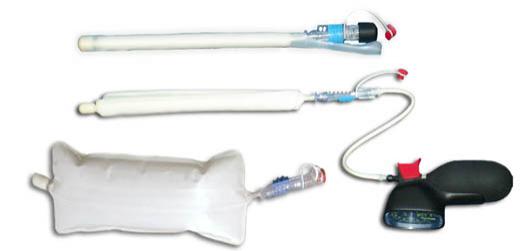
Present Day: Now worlds away in treatment, doctors use tourniquets to stop blood loss from extremities and a small balloon attached to a pump called a TourniCath for abdominal wounds. The balloon is inserted into the hole and inflated to stop blood loss, working similar to a tourniquet. A tourniquet works the same way in that it is shoved into smaller wounds to seal the hole and prevent blood loss. Both tourniquets and TourniCaths are quick treatments to an injury and only help seal a wound until a wounded soldier can receive proper treatment. However, tools like these allow medics to prevent deaths, which the military says that 80 percent of all deaths on the battlefield are preventable.
Blood Transfusions
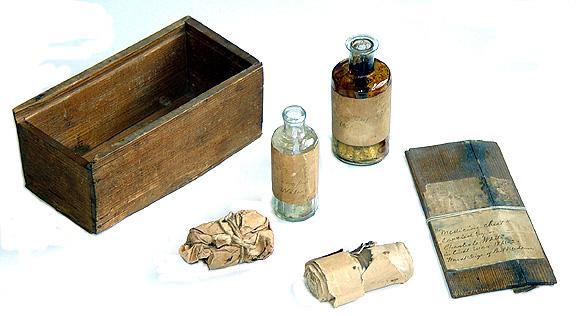
Civil War: Unsurprisingly blood transfusions were non-existent during the Civil War. There were a few cases of primitive transplants that involved injecting blood back into the body using syringes, but those were extremely rare occurrences that the average soldier would never know existed. It wasn’t until World War I that blood transfusions started to be a more common battlefield practice.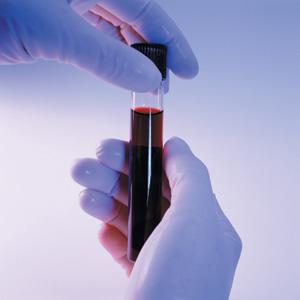
Present Day: Now, blood transfusions are a normal occurrence on the battlefield and in hospitals around the world. The practice is pretty easy with blood being injected back into the body through an IV. One problem that the military sometimes faces is having enough blood to treat wounded soldiers.
Interestingly, the Defense Advanced Research Project Agency (DARPA) has created synthetic blood through a process called bloom pharming. What happens is DARPA cultivates red blood cells by genetically engineering an organism to generate large quantities of blood.
This allows for an endless supply of blood for treatment, allowing the military to not depend on blood banks. It took years to create the synthetic blood and the cost is still substantially high. They hope eventually synthetic blood could become introduced into normal life when the costs subside.
Emergency Room Transportation
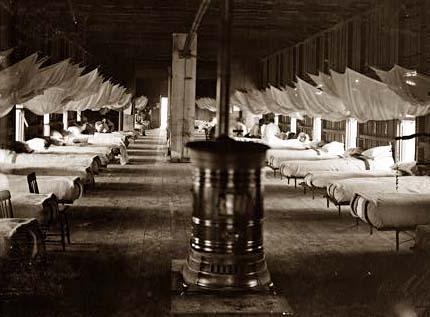
Civil War: Before any soldier can get treatment, they first must have to get off the field. During the Civil War the first ambulance system was created to get severely injured soldiers treated as soon as possible. First, medics ran onto the field and carried the wounded in stretchers to a field-dressing station called a triage. There, medics would check the severity of those injured and then carry the severely injured to a field hospital. Although this process was revolutionary, a major drawback is soldiers actually didn’t receive treatment until they reached the field hospital – if they made it there at all.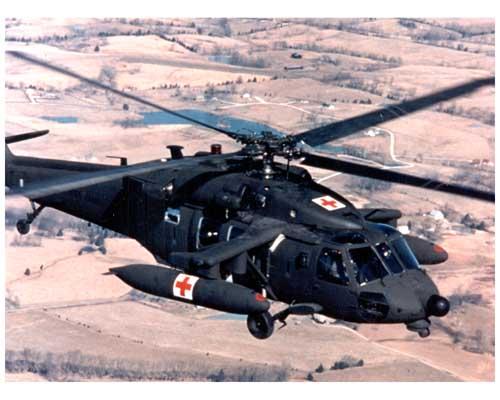
Present Day: Even as recent as the Vietnam War, soldiers typically didn’t receive much treatment until they reached a field hospital. Now, soldiers can receive treatment right away from aircraft being dubbed flying emergency rooms. The air medical units work with soldiers on the ground to get wounded to the aircraft as quick as possible, through a series of transfers. All the while, the injured soldier receives treatment from a variety of medics. From there, the wounded are transported to Medevac flights that have all the resources an emergency room would have to help the injured soldier until they reach a medical center.
Surgery
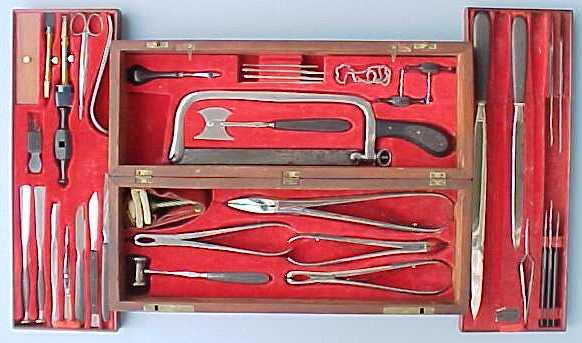
Civil War: Nothing was worse than having to have surgery during the Civil War. Doctors were nicknamed “Butchers” as they would amputee limbs without any qualms. The reasoning was it was far more efficient and effective to cut off a leg than it was to try and repair an injured artery. Before surgery, soldiers received liquor to counteract their shock and then they were given opium to ease their pains. Even after receiving these treatments, a soldier didn’t know if he was going to die during surgery.
To make matters worse, during the Civil War, there were no antibiotics and so doctors couldn’t treat diseases that occurred after surgery. It’s been noted that more soldiers died from disease during the Civil War than actually died during battle. 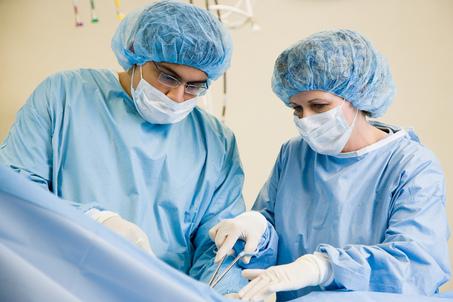
Present Day: Luckily, now soldiers don’t always have to worry about losing a limb if they receive an injury on the battlefield. While there are certain injuries that force amputation, the rate at which its done has dropped tremendously from the Civil War times. In addition, current patients have a 98 percent survival rate from battlefield surgery.
Advancements in medicine and technology are obviously a huge reason for better battlefield surgery practices, but they aren’t the only reason for the high survival rate. Standardized surgery has also played a key role in saving soldiers’ lives by creating a consistent system that teaches doctors how to address the same wound over and over again. The practice was not in even in place at the beginning of Operation Iraqi Freedom, but has since increased consistency and dismissed unwarranted treatment since its implementation.
So much has advanced in the past 150 years that the medical practices of the Civil War seem worlds apart from what currently serve on the battlefield. Advancements in technology and science have led the way to save lives and better treat disease. As technology continues to progress, it will be interesting to see what new practices arise for battlefield treatment and to see how those practices come to play in everyday life.

blog comments powered by Disqus